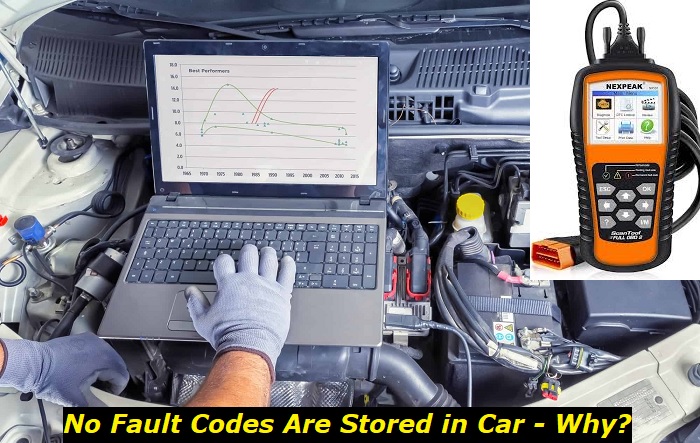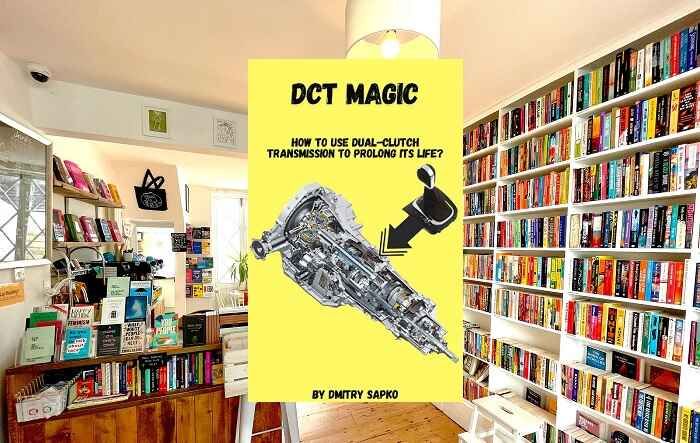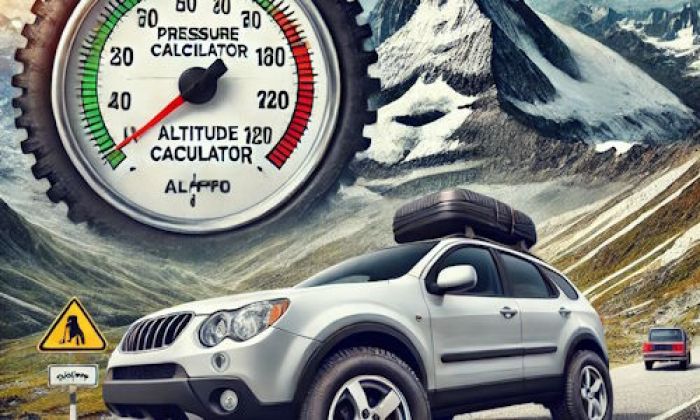There are no fault codes when the check engine light is on because of software glitches, wiring problems, poor OBD system, bad scanner, or some other issues. If you experience this, it means you should get the vehicle inspected with professional equipment and then repaired according to the recommendations that specialists give you.
No codes in the ECU highlights
- Difficulty level:Medium
- Needed scan tools:Professional scan tool
- Additional equipment:Depends on the problem
- Timeneeded:20-30 minutes
- Price in a shop:$200 - $350
- DIY repair:Impossible

Can you still drive with the check engine light on and no codes?
The first reaction of a car owner who just saw the check engine light in the vehicle is to get an OBD2 scanner and scan the car for codes. Usually, it works. After scanning the ECU, you can get one or several codes and then decide how you can repair the car. But what if you don't see any codes after you connect the scanner but the check engine light is still on?
First of all, you need to understand if you still can drive. It's not that easy to solve this issue because you don't know what's wrong with the vehicle. But I will offer several checkups that will help you decide whether you can drive further or you better stop now.
Here are the things you should check:
- Is the engine sound changed? If your engine is roaring, screaming, squealing, or rattling after you see the check engine light, you better stop the car and avoid starting it without professional help.
- Has the vehicle lost power? If it lost power, chances are it's in limp mode or the engine is misfiring badly. This means that driving such a car is not a very wise decision.
- Do you feel any vibrations? If something is wrong with the engine, it may vibrate when idling or driving. It's better to avoid driving such a car so that you could save the engine's life.
- Does the engine stall? If you saw the check engine light, the engine stalled immediately and you can't read codes now, you shouldn't try starting the engine - it may only make things worse.
- Do you see various warning lights and random error messages? This may be a sign of a bad glitch in the system. Driving such a car may really be too dangerous.
This is a short checklist that will help you understand whether it's still safe and OK to drive the vehicle or if you should stop it immediately. If you don't know what to do, you better stop the car to avoid damaging the engine or transmission. Sometimes, it's even better to pay for roadside assistance or the tow truck to avoid extra damage to the vehicle.
Unfortunately, damaging your car is more than possible if you don't see any error codes but there is still the check engine light on the dash.
What are the reasons for no error codes in the ECU?
So, now you know what to do if you are in this situation. But this doesn't solve your problem. I highly recommend looking for professional help in such cases because this is not a normal situation. The check engine light is always triggered by a certain code - this is how the OBD system works in all modern vehicles.
If there is no code, it means that something is wrong or you just can't see the code due to equipment problems. I've prepared a list of things that can cause such a phenomenon.
Here's what may lead to this:
1. The code has just been stored and is not active
When the error code is not active anymore, you will not easily see it just by connecting a random scanner. You need to dig into the settings of the scanner and find the section with stored codes. There you can usually see when and how often this code was active. This will help you answer your questions and see if the code was fatal for the engine or not.
Not all scanners can read stored codes but the majority of them actually can. It's still worth remembering that not all ECUs store codes for long enough. Some early GM ECUs that were installed in budget-friendly cars, don't remember any codes at all and can only show you currently active codes when you plug in the scanner.
2. ECU glitch
The second common thing that you should know about is the glitch. Software in modern cars is pretty glitchy and no one actually knows how the ECU will act after a certain mileage or a certain number of years. Very often, the ECU becomes glitchy, especially after it was affected by something like water or heat.
Of course, when the ECU is glitching, you will get random codes and error messages all the time, and the overall work of the engine will be pretty bad. Driving in this situation is not recommended as it may be dangerous due to sudden stalling and other problems.
3. Wiring issues
It's not uncommon for cars to have problems with wiring. A rat could chew some of the wires, some connections may have been affected by corrosion, etc. If there is no proper connection in the ECU unit, you will get all kinds of random error messages and warning lights on the dash. One of the possible reasons why the check engine light is on and there are no codes is that the vehicle has problems with wiring.
4. Bad scanner
It's quite possible that the scanner you bought from a reputable Chinese online shop for $15 just can't read all the codes in your vehicle. Also, modern cars have quite complicated OBD systems that hide some codes and only show them when you plug professional equipment into the dealership.
In most cases, these are the codes that don't have an immediate effect on the life of your car or on some extremely important units of the vehicle. But still, this thing is worth checking.
5. Instant code that's not active anymore
The majority of error codes in modern vehicles are saved in the memory of the ECU even if they are not active anymore. But some codes may be cleared right when they stop being active. This explains why sometimes you may see a clear log of codes when the check engine light was active just a minute ago.
These codes are usually connected with the temperature of some units or temporary problems that don't affect the work of your vehicle once they disappear. So, the car doesn't save and doesn't show this code to you.
Why should you ask for professional help?
Dealing with this problem on your own is quite hard. You just don't know where to look because you can't read any codes. So, if this happened to you, I highly recommend looking for professional help. If you can go to the dealership, this will be much better than asking a local mechanic to look at the vehicle.
The thing is that dealers have special equipment that allows them to diagnose the car not just by reading codes but by comparing all the important data from the OBD system to the ideal data of exactly your model of the vehicle. Such diagnoses are much better and more precise than a cheap or even expensive OBD scanner.
Here's how it works:
- your dealer plugs in the diagnosing equipment and reads all the data from the OBD system in your car;
- this data is automatically compared to the reference data that are stored in the dealership computers;
- the system immediately finds what is wrong with your car and just helps the mechanic to understand the issue;
- the mechanic then makes assumptions about which unit can cause such problems and provides the car with more checkups;
- in the process, the mechanic may also repair the car or just give you a certain understanding of what's wrong with it.
The same procedure you can also order from a specialized repair shop that only deals with your car brand. But if you just go to the local repair shop, it's not guaranteed that it will be able to diagnose the vehicle properly. Chances are you will still need to take the car to some other place and it will obviously cost you a lot more, in the end.
Final thoughts
Even though seeing a check engine light is not the fatal thing, you should be careful. Especially, if you can't read the code that sits behind that check engine light. It's extremely important to provide the car with a proper diagnosis and learn what exactly went wrong. After that, you can repair the vehicle and get rid of any warning lights and other symptoms.
About the authors
The CarAraC research team is composed of seasoned auto mechanics and automotive industry professionals, including individuals with advanced degrees and certifications in their field. Our team members boast prestigious credentials, reflecting their extensive knowledge and skills. These qualifications include: IMI: Institute of the Motor Industry, ASE-Certified Master Automobile Technicians; Coventry University, Graduate of MA in Automotive Journalism; Politecnico di Torino, Italy, MS Automotive Engineering; Ss. Cyril and Methodius University in Skopje, Mechanical University in Skopje; TOC Automotive College; DHA Suffa University, Department of Mechanical Engineering






Add comment